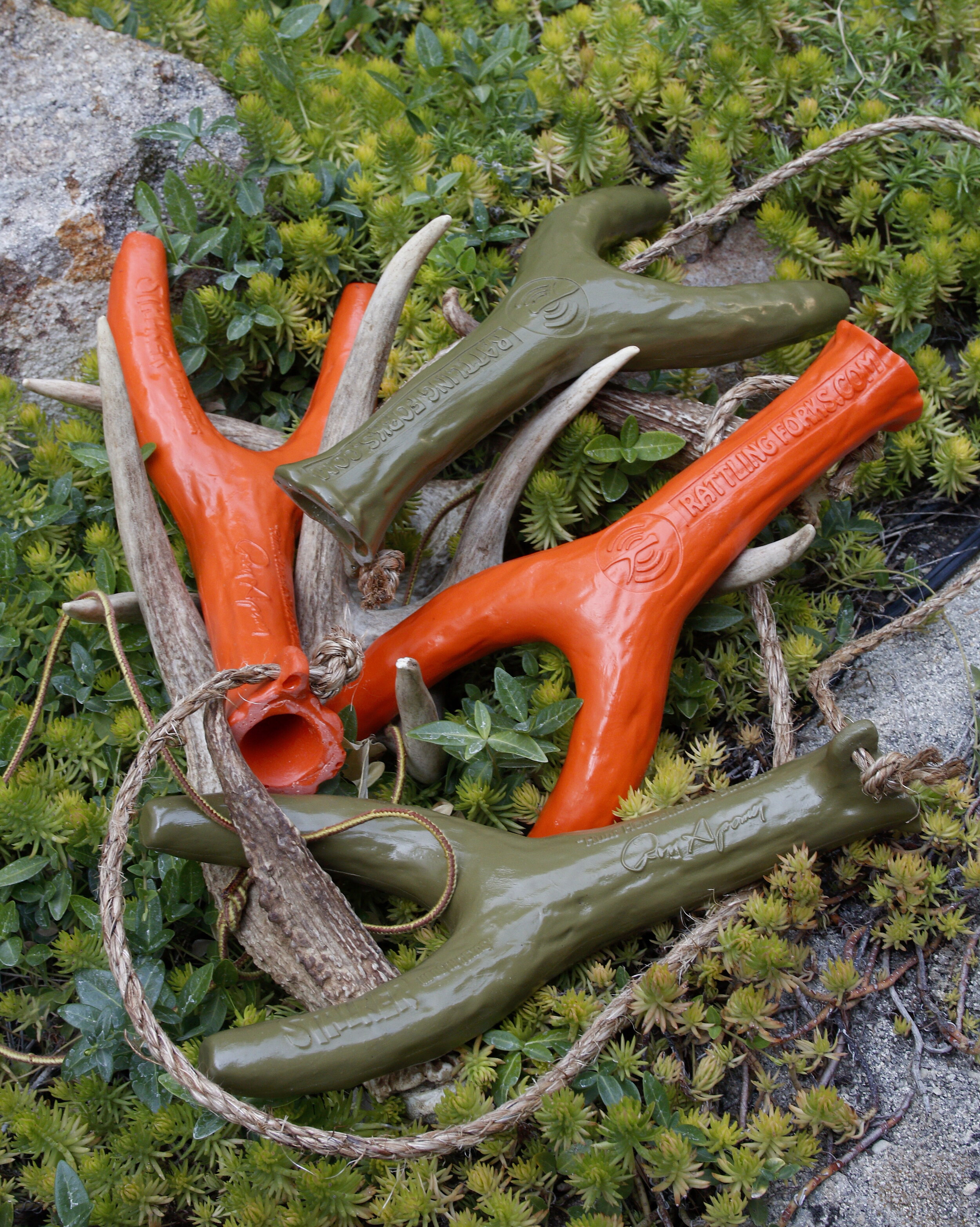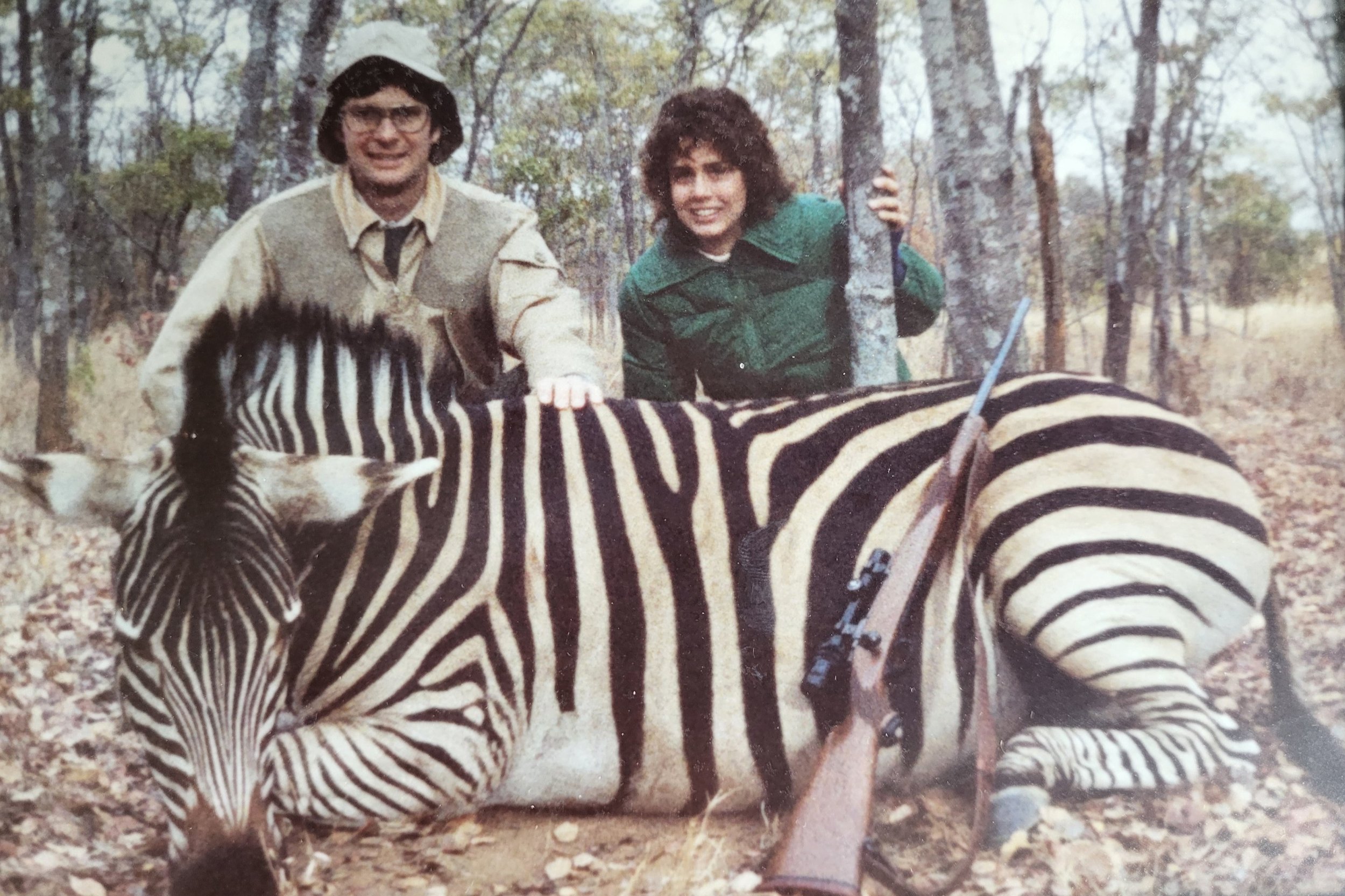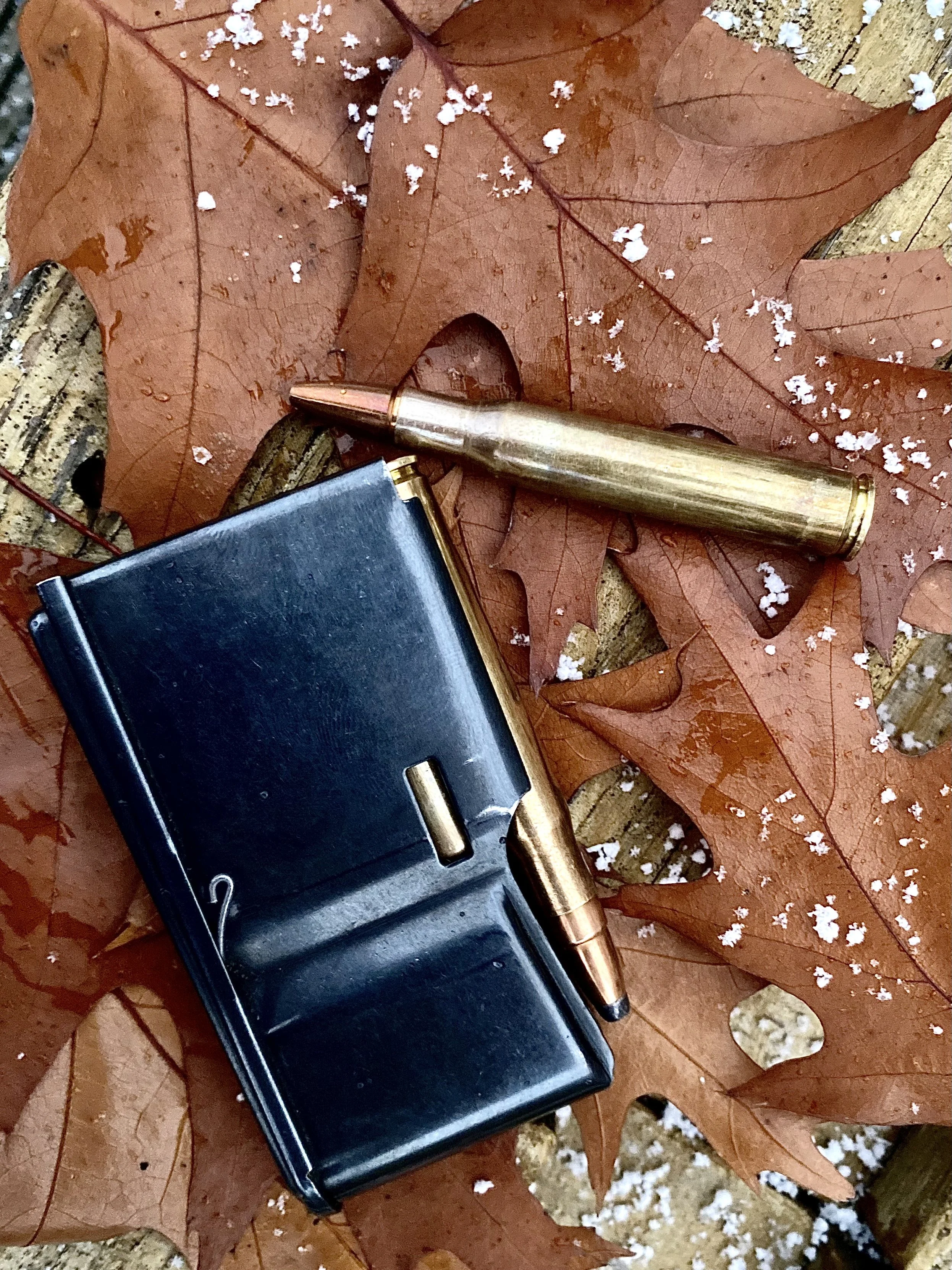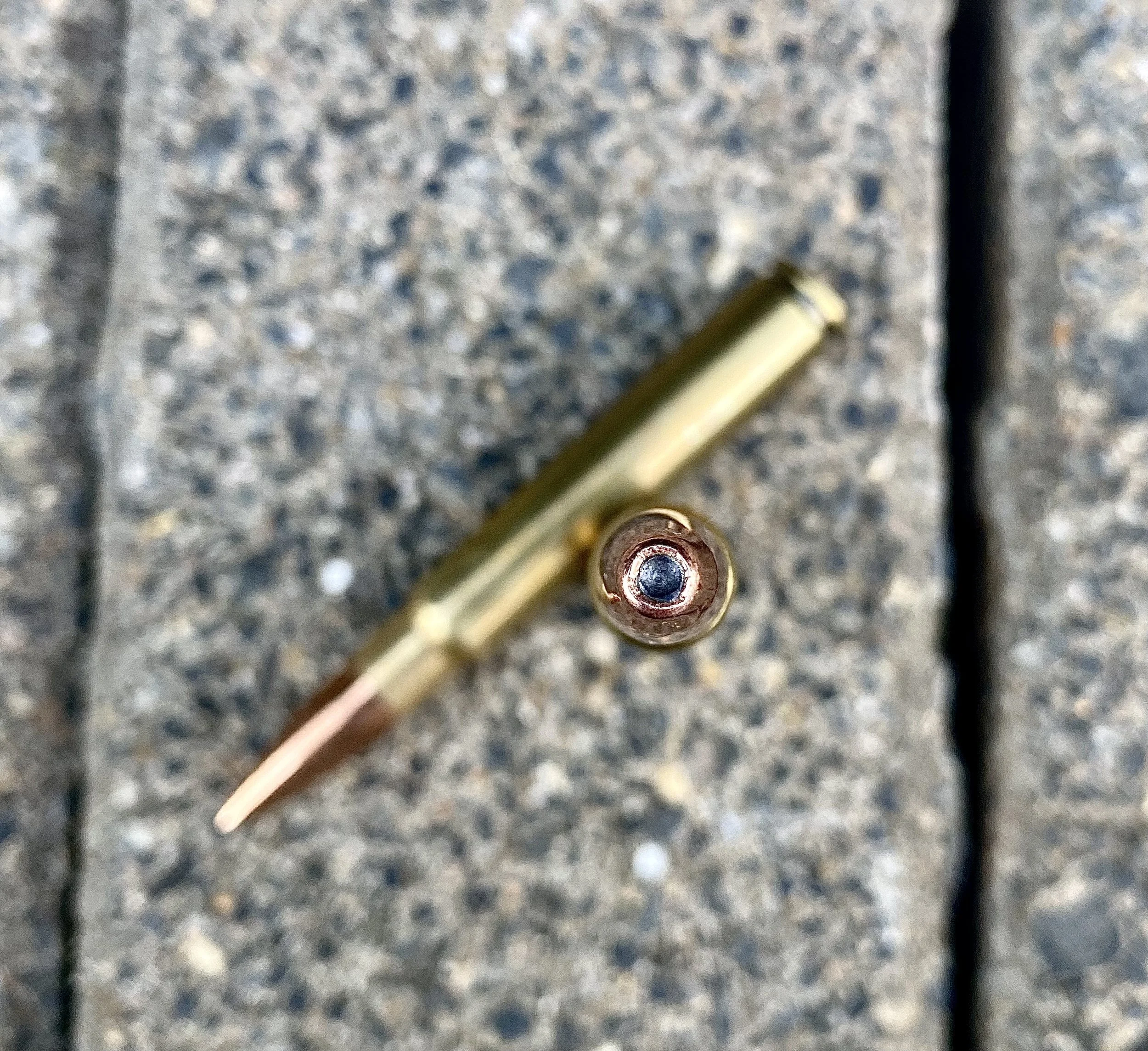How To Rattle Whitetails Now!
Whitetail bucks tussle and fight from October through December. Rattling antlers bring them running.
If you’re reading this in early November, pull on your pants, grab your rattling antlers and hit the whitetail woods. This is the best time to rattle whitetails, and bucks are waiting for your call.
Rut-crazy bucks have long been a dream date for hunters. This is the whacky season when normally sneaky, old, BIG bucks lose a bit of decorum and a lot of caution. They’re on a mission, and fulfilling that mission starts by finding estrus does.
The problem from about Nov. 1 through 10 of 15 is that few or no females are yet ready to mate.
Advantage: hunters.
Overly-eager bucks, bulked up from a summer of feeding and drugged by an overdose of seasonal testosterone, are programmed to get active, stay active and investigate any potential breeding opportunity. With a grunt and rattling horns, you can rattle whitetails right into your lap, especially where the buck/doe ratio is high.
Here’s what to do: (Watch the video tutorial in Ron Spomer's Everything Whitetail phone app at your app store!)
Pack gun or bow, license, binocular, grunt call and rattling antlers.
Go where does typically hang out.
Get the wind in your favor.
Grunt a few times. Wait a few minutes. Grunt again, then start rattling those antlers.
You probably should start rattling lightly just in case loud, heavy rattling spooks smaller bucks. I don’t think it will, but what the heck. Discretion is the better part of valor. Rattle whitetails for anywhere from a few seconds to a minute or more. I’ve never known real deer to care. And I’ve heard real ones fight for 30 minutes, pretty much non-stop.
As you rattle, sweep the area visually, back and forth, even behind. They can approach from anywhere, slowly and quietly or fast and boldly. Pausing every 30 seconds between rattles frees you to focus on any approaching deer. Hold your bow or gun at the ready.
When a buck appears, get him in your sights ASAP and shoot at first opportunity. With bow or handgun, you might want to wait until Mr. Buck is in range. If he sees you move, he might stop and not come closer. But they expect to find other deer fighting, so you can generally get away with significant movement, especially if well hidden/camouflaged.
If a buck spooks, grunt or rattle quickly. He’ll often stop and look back or return. Be prepared to shoot.
If your calling lures nothing in, move into the wind several hundred yards (based on how well sound is carrying) and try again. I’ve rattled unsuccessfully at half dozen “stands” before hitting pay dirt.
Once the first doe hits estrus, two to three days of chasing ensues. This is the most action-packed, absolute crazy time in the whitetails' year. Try to be there. Rattling whitetails will still work, but once actual breeding begins, bucks will lie quietly with does for 24 to 36 hours before moving on to the next one. We’ll investigate both the chase phase and so-called “lock down” phase in future blogs. Stay tuned.
This 170-class 5x5 whitetail came too close while checking out my Rattling Forks antlers. The old M70 30-06 custom once again did the heavy lifting. Tenderloins. It's what's for dinner.
Real antlers work great for rattling whitetails, but heavier ones from an older buck are best. I've never had much luck with rattling bags filled with slabs of wood. Synthetic antlers do work well. Last season I had my best rattling success ever while using Rattling Forks synthetic antlers. Thick, strong and LOUD. The manufacturer built me a slightly smaller, lighter set, called them the "Stalker" and even put my signature on them. WARNING! Commercial plug coming: You can order Ron Spomer signature "Stalker" Rattling Forks right from our store. You'll find them easier and safer to carry and use than multi-tined real antlers. Yes, you can rattle whitetails. Give it a try. You could have the most exciting buck encounter of your life.
Rattling Forks Stalkers are tough, compact, easy to pack and loud
# # #














